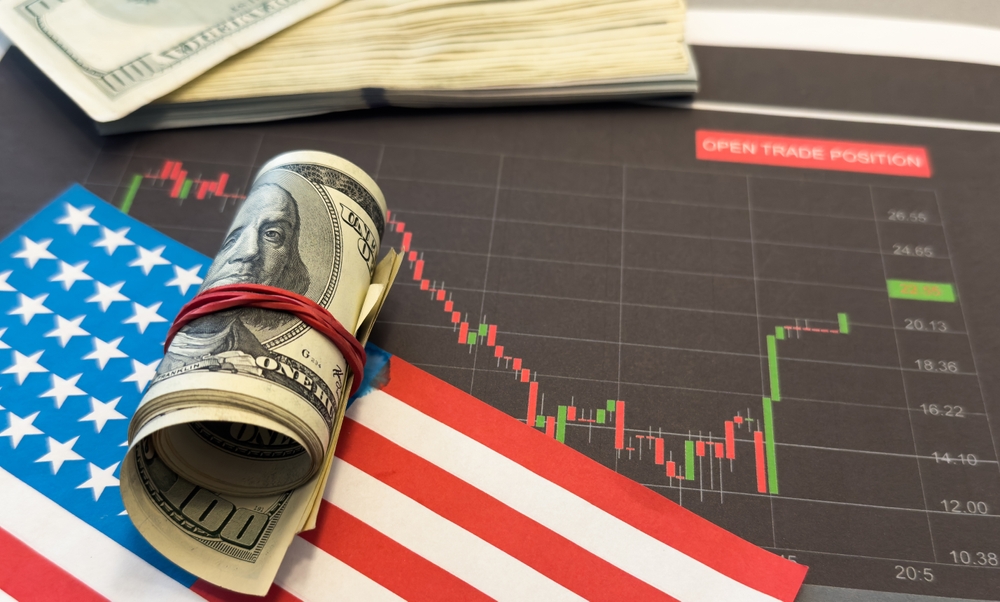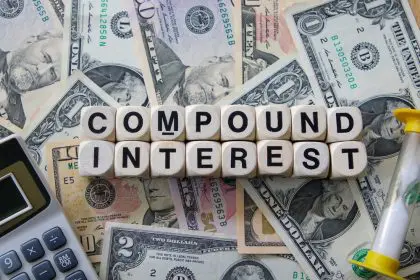The Federal Reserve just made the kind of decision that sounds boring but could ripple through your wallet, your job prospects, and pretty much every financial aspect of your life for months to come. They decided to keep interest rates exactly where they are, which might seem like a non-decision, but in Fed-speak, standing still often says more than dramatic moves ever could.
This wasn’t the confident rate hold of a central bank that’s got everything under control. This was more like the cautious pause of someone trying to navigate a minefield while wearing a blindfold. The economic signals coming from all directions are so mixed that even the country’s top economic minds are basically shrugging and saying “let’s wait and see what happens next.”
The thing about Fed decisions is that they’re never really just about interest rates. They’re about confidence, expectations, and the delicate balance between keeping the economy growing without letting inflation run wild like it’s 1979 all over again. And right now, that balance is looking shakier than anyone wants to publicly admit.
The growth forecast that nobody wanted to hear
Here’s where things get interesting in a way that might make your financial advisor reach for the antacids. The Fed just slashed their growth projections for 2025 down to a measly 1.4%, which is economist-speak for “we’re not feeling great about where this is headed.” That’s a significant downgrade from earlier forecasts that were painting a much rosier picture of economic recovery.
When the Fed cuts growth estimates, they’re essentially admitting that all those optimistic predictions about bouncing back stronger were perhaps a bit too optimistic. This isn’t just some abstract number that economists argue about in ivory towers – slower growth typically means fewer job opportunities, reduced business expansion, and generally less economic momentum for everyone.
The revision reflects growing concerns about whether the economy can maintain its current trajectory while dealing with persistent inflation pressures. It’s like trying to drive uphill with the parking brake partially engaged – you might still be moving forward, but it’s taking a lot more effort than it should.
The inflation monster that just won’t go away
Despite months of assurances that inflation was under control and heading back to normal levels, the Fed is now projecting that inflation will stay stuck at 3% – a full percentage point above their target of 2%. That might not sound like a huge difference, but in inflation terms, it’s the difference between manageable price increases and the kind of persistent cost-of-living pressure that makes grocery shopping feel like a budget crisis.
This stubborn inflation is particularly frustrating because it’s not responding to the traditional tools that usually work to cool down price pressures. The Fed has been raising rates to make borrowing more expensive and theoretically slow down economic activity, but inflation seems to have developed its own momentum that’s proving resistant to these conventional approaches.
The persistence of elevated inflation is forcing policymakers to confront the uncomfortable possibility that this isn’t just a temporary blip that will resolve itself with patience. It might be the new normal that requires more aggressive intervention or a complete rethinking of how monetary policy works in the current economic environment.
The rate cut hopes that just got complicated
Earlier this year, markets were practically salivating over the prospect of interest rate cuts that would make borrowing cheaper and potentially give the economy a shot of adrenaline. Those hopes aren’t completely dead, but they’re definitely on life support after the Fed’s latest signals suggest they’re in no hurry to ease monetary policy.
The central bank has hinted that rate cuts might still happen later this year, but their tone has shifted from confident anticipation to cautious maybe-if-conditions-are-right hesitation. This change in messaging is significant because it suggests that even the Fed isn’t entirely sure what the right move is, which doesn’t exactly inspire confidence in anyone trying to make financial plans.
Some Fed officials are now talking about keeping rates elevated well into 2026 if inflation doesn’t start cooperating. That’s a timeline that could significantly impact everything from mortgage rates to credit card interest to business loan availability for years to come.
The political pressure cooker that’s about to explode
The Fed’s decision-making is happening against a backdrop of intensifying political and market pressure that’s making their job exponentially more complicated. Politicians want economic policies that make voters happy, markets want predictable conditions that support investment, and the general public wants affordable everything without economic chaos.
Adding another layer of complexity, tech industry leaders are simultaneously pushing the Biden administration to resist state-level AI regulations that they argue could fragment the legal landscape and hurt innovation. This kind of regulatory uncertainty creates additional economic headwinds that the Fed has to factor into their decision-making process.
The intersection of monetary policy with political pressures and regulatory uncertainties creates a decision-making environment where every choice has multiple unintended consequences. The Fed is trying to thread the needle between various competing interests while maintaining their independence and credibility.
The market reaction that tells the real story
Markets had a lukewarm response to the Fed’s announcement, which in financial terms is often more telling than dramatic reactions. Treasury yields stayed steady, suggesting that bond investors weren’t surprised by the decision but also weren’t particularly excited about the economic outlook.
Stock futures dipped slightly as investors recalibrated their expectations for monetary easing in the second half of the year. This measured reaction suggests that markets are taking a wait-and-see approach rather than making big bets on what the Fed will do next.
The relatively muted market response could indicate that investors are becoming more realistic about the challenges facing monetary policymakers, or it could suggest that everyone is just as confused as the Fed about what the right approach should be in this economic environment.
The tightrope walk that could determine everything
The Fed is essentially performing an economic high-wire act without a safety net, trying to control inflation without accidentally triggering a recession. This balancing act is made more precarious by global uncertainties ranging from geopolitical tensions to volatile energy prices that could disrupt economic stability at any moment.
The challenge is that the tools available to the Fed are somewhat blunt instruments for dealing with the nuanced economic conditions they’re facing. Raising rates too much could choke off growth, but not raising them enough could let inflation become entrenched at levels that create long-term economic problems.
Every decision the Fed makes now will be scrutinized for clues about their next move, creating a feedback loop where their communications become almost as important as their actual policy decisions. The economic recovery’s fragility means that even hints about future policy directions can have significant market and psychological impacts.
The bottom line is that the Fed’s pause reflects the reality that there are no easy answers in the current economic environment. They’re making decisions with incomplete information about how various policy tools will interact with unprecedented economic conditions, and everyone – from Wall Street to Main Street – is watching to see how this economic experiment plays out.
















